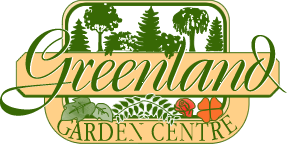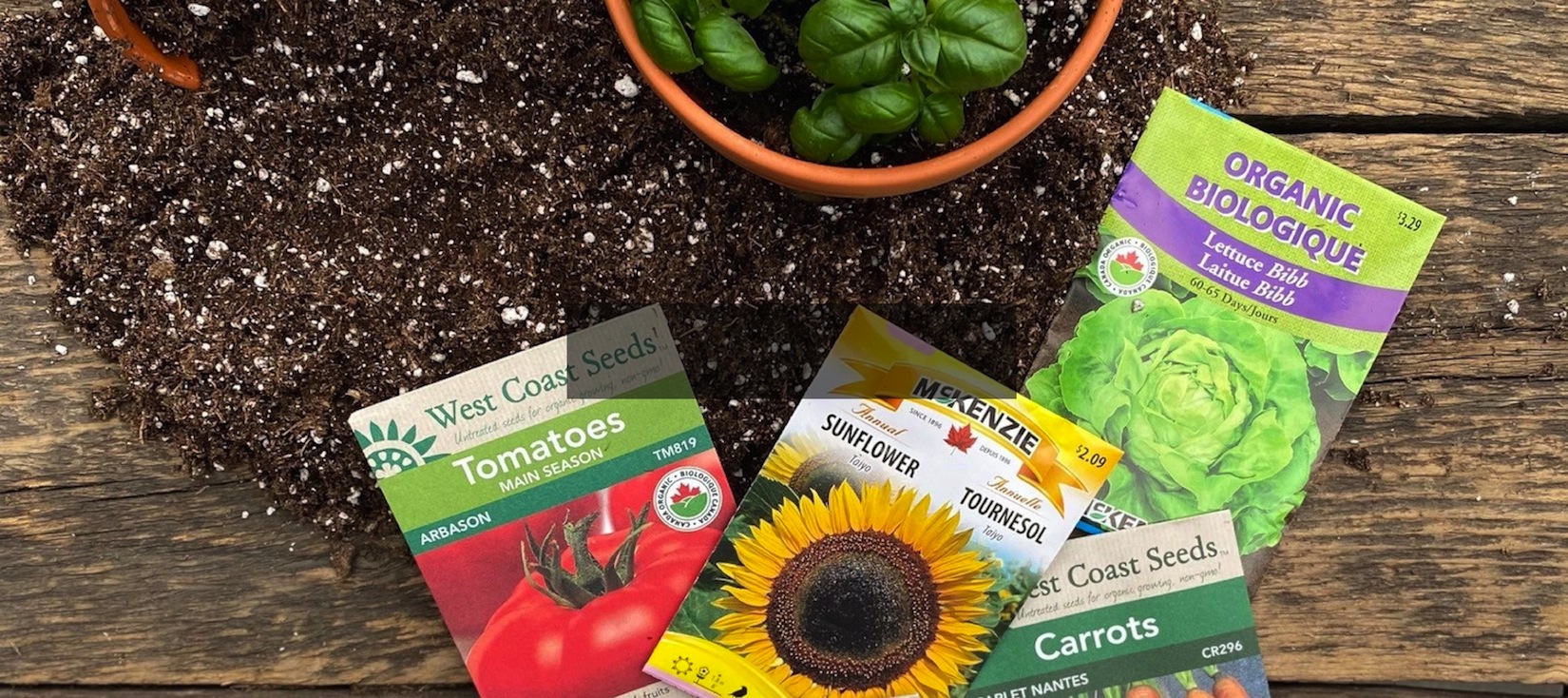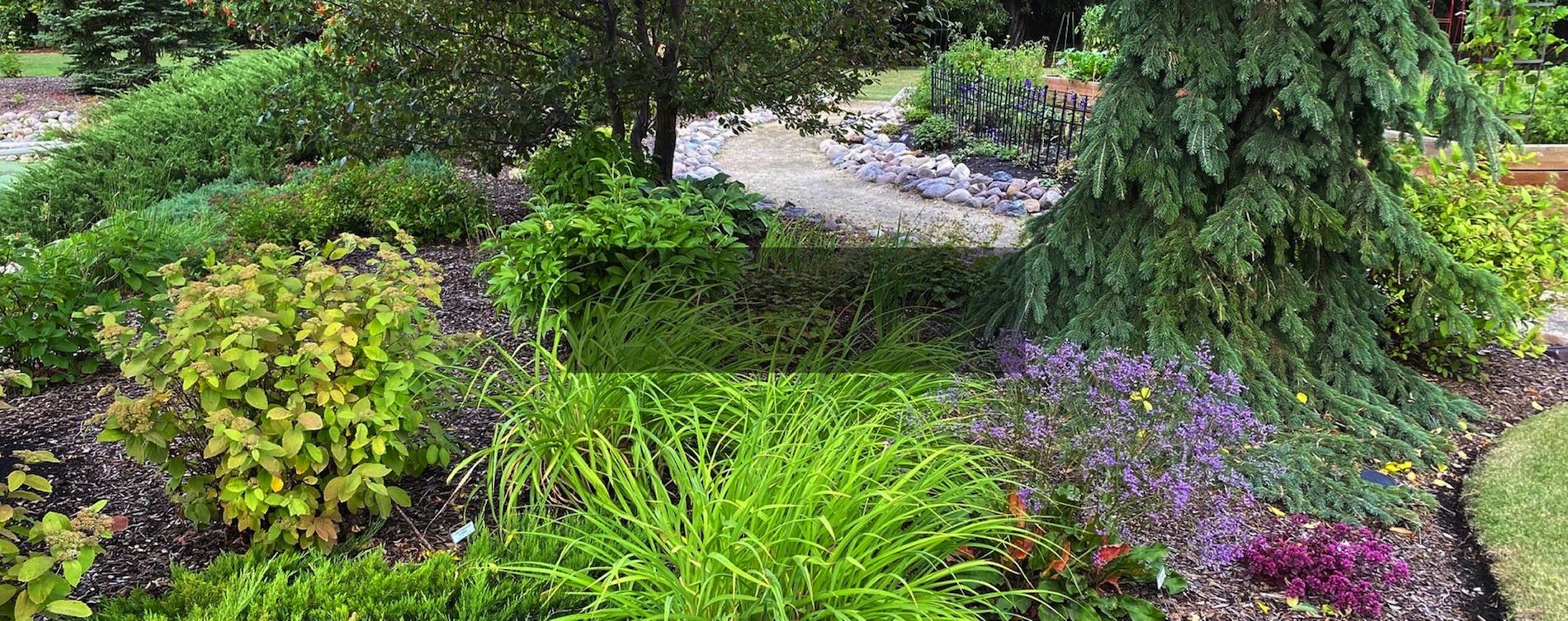What's Bugging Your Fruiting Plants
Insect Pests

Apple Maggot
Plants affected – Apple, worse on early ripening apples.
Life Cycle:
• Adults lay eggs in fruit early to mid July. Maggots make trails rendering fruit inedible (outside pockmarked)
• Larvae drop to ground and pupate until the next June – July
Cultural Control:
• Lay a barrier (landscape fabric, remay cloth) on top of soil under the tree—this prevents pupae from emerging from soil, as well as larvae entering soil in fall
• Apple Maggot Traps – hang in trees in mid-late May. Traps contain a pheromone to lure adults. Average emergence date in Alberta is July to August
• DO NOT allow fruit to lay on ground (use tarp or pick daily)
Chemical Control: None

Cherry Fruit Fly
lants affected: Cherry
Symptoms: Larvae (maggots) feed in the flesh near the pit of cherries rendering them inedible
Life Cycle:
• Overwinter as pupae in soil under trees. Five to 9 days after emerging, adult female flies lay eggs singly in cherries
• Larvae feed for 1-2 weeks then cut exit hole and drop to ground to pupate
• Adults are present from June through August, generally peaking close to harvest. Flies are weak and will usually not travel farther than the first cherry tree they find.
Cultural Control: Hang yellow sticky traps in late May in trees to monitor fly emergence (for spraying date) and to trap adults.
Chemical Control: Ambush

Gooseberry Sawfly
Plants affected: Red and White Currants (not black), Gooseberry
Symptoms: Leaves stripped from branches; fruit is not affected
Life Cycle:
• Female lays eggs on underside of leaf close to ground; young larvae make holes in leaves, as they mature damage becomes more severe; leaves are entirely stripped from shrub
• Overwinter in soil as a cocoon.
Cultural Control:
• Examine leaves in May; look for white eggs low down in center of the bush, remove leaves
• Clear away debris and mulch in the fall, and disturb the soil in spring so birds will find them
Chemical Control: Not recommended once larvae seen; try to destroy eggs early on

Saskatoon Sawfly
Plants affected: Saskatoon
Symptoms:
• Small scars on upper part of green berries. Larger fruit may have holes
• Later in season fruit may appear as empty black shells
Life Cycle:
• Adults emerge in May, lay eggs on flowers. Eggs hatch, larvae emerge and feed on fruit
• In late June, larvae drop to ground and overwinter in soil
Cultural Control: Look for adult sawflies when blooms emerge; hand-pick
Chemical Control: Cover shrubs with a fine mesh netting (bug netting) before blooming in spring
Diseases

Apple Scab
Plants Affected: Apple, Mountain Ash, Crabapple
Symptoms: Lesions on leaves, scab on fruit
Life Cycle:
• Spores overwinter in leaf debris, in early spring as tree emerges from dormancy spores attach foliage
• Lesions appear 10-28 days after infection
Cultural Control: Thorough leaf litter cleanup in fall
Chemical Control: Apply Sulphur based fungicide at 10 day intervals as trees begin to break dormancy in spring

Raspberry Blight - Spur
Plants affected – Raspberry
Symptoms:
• Edge of older leaves have V shaped lesions. Advances to mid veins then to the leaf axil where new growth occu
• Lowest leaves affected first, then moves upwards.
Life Cycle: Spores are discharged from May to August coming from old fruiting canes. Secondary spores (conidia) are also produced and those spores splashed about in July/August probably cause the most damage
Cultural Control: Provide good spacing between rows
Chemical Control – Apply preventative applications of Natria or Copper starting in mid to late June

Raspberry Virus
Plants affected: Raspberry
Symptoms:
• Purple spots with grey-white centres form on new canes, leaves. Spots enlarge to form sunken pits. On second-year canes lesions can coalesce into cankers that girdle the cane
• Fruit symptoms include shrunken brown druplets or withered, dry seedy fruit
Life Cycle: Spores are rain-splashed and air-borne from infected canes in early spring and throughout the summer to new growth. Only very young green tissue is infected.
Cultural Control: Prune out damaged canes
Chemical Control: Apply preventative applications of Natria or Copper starting in mid to late June every 10 days.

Russet on Apple
Plants affected: Apples
Symptoms – Rough, leathery streaks or patches on apples – may cover just top or entire apple
This is not a disease at all – though the skin appears marred, Russet is actually a characteristic trait of several tasty apple varieties. Many Russet varieties have been removed from the commercial market because of the skin – however they are among some of the best tasting apples

Saskatoon Juniper Rust
Plants affected: Saskatoon
Symptoms:
• Infected leaves and berries develop yellowish-orange spots
• Later in season, spots may be covered with spiny projections (like whiskers)
• Leaf can tolerate large quantities of spots, but one spot ruins the berry
• Two hosts; overwinters on Juniper plants
Control:
• Preventative sprays of copper fungicide
• Remove junipers growing nearby

Water Core
Plants affected: Apple
Symptoms:
• Water soaked areas occur around the core of the apple; in severe cases the exterior will show damage
• Occurs when heat and sunlight are intense when fruits are approaching maturity
Cultural Control: If intense heat and sunlight are occurring during maturation, pick fruit so water core doesn’t develop
Cultural Disorders

Chlorosis
Symptoms:
• leaves are yellow but veins remain green, may be some browning on the margins of leaves
• will be evident first on new growth, then work back to older leaves on a branch
Control:
• ensure loose, well-drained soil, avoid overwatering
• high soil alkalinity can also be a cause, plants can be fertilized with iron chelate for recovery

Frost Crack
Symptoms:
• vertical cracks present in bark on trunks of trees
• fruit trees very susceptible to this
Controls:
• due to fluctuating temperatures in winter months
• mulch bases of trees with bark mulch, ensure plants are well hydrated before final freeze up in autumn

Gummosis
Symptoms:
• very common on fruit trees, especially cherries
Control
• causes vary from mechanical damages such as sapsucker damage, squirrel damage, wood boring insects or delayed winter injury, which is common in fruit trees
• beyond avoiding these, let the wounds heal over on their own

Herbicide Damage
Symptoms:
• curling or cupping leaves
• discoloration between veins
• twisted, elongated stems
Control:
• use all herbicides according to label, note that herbicide can drift for several miles, it’s very difficult to ascertain where chemical drifts from
• keep damaged plants well-watered, most plants will recover

Overwatering
Symptoms:
• wilting, yellowing leaves
• leaves will yellow from outside in
• Note: wilting is a symptom of BOTH over and underwatering, if plants are wilting don’t assume they require moisture until soil is checked by hand
Controls:
• plants in lower lying areas will suffer in times of heavy rains; plant appropriate species in these areas
• for new and established plants, water only as required; check soil prior to watering

Underwatering
Symptoms:
• wilting, crispy or browned leaf edges
Controls:
• water, especially for new transplants should be monitored daily during periods of extreme heat
• for new transplants, stick your hand into the soil to determine if moisture is required





